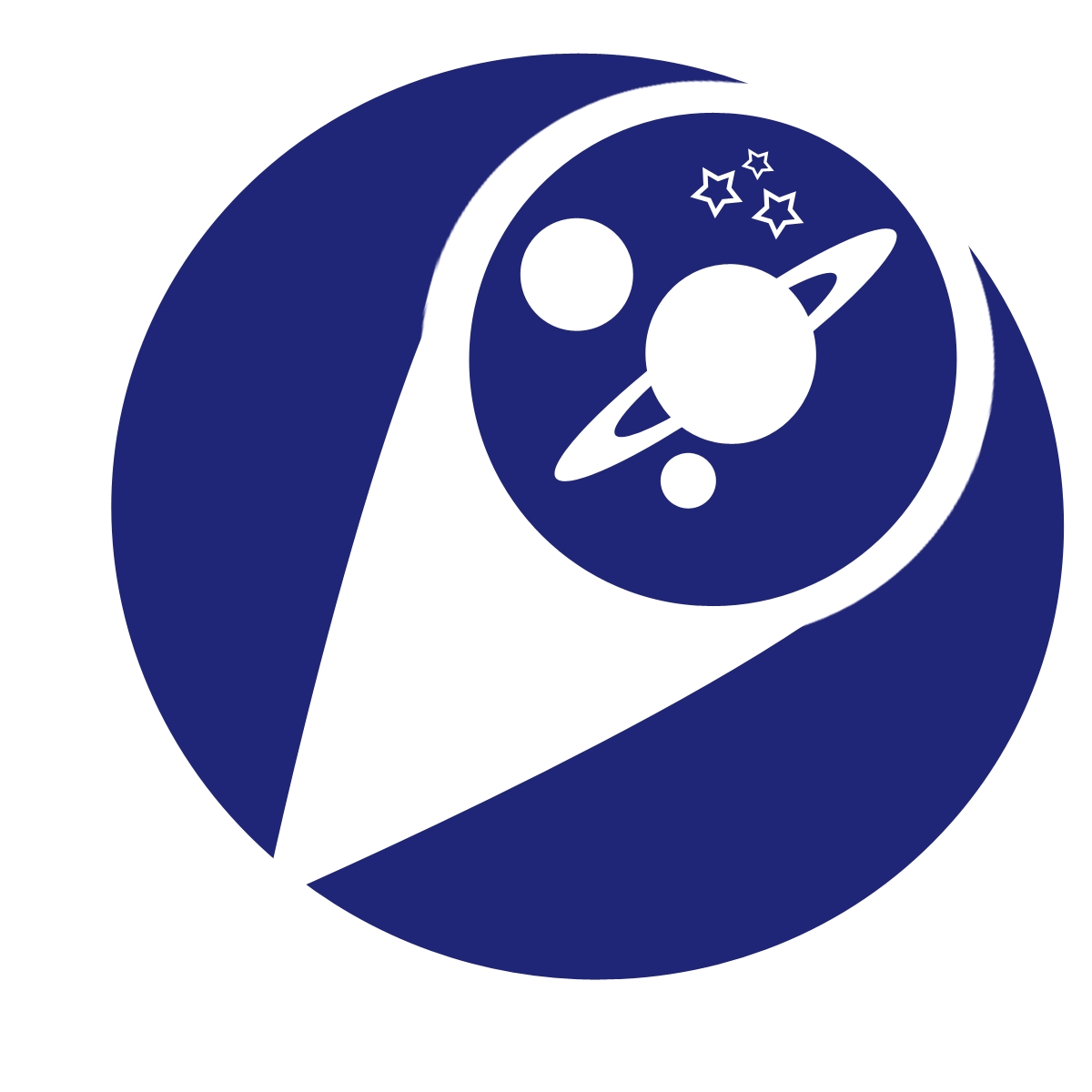That’s right. If Marvin had destroyed Earth before 3 pm yesterday afternoon San Diego time, none of us at Lake Poway would have been able to enjoy the spectacular Transit of Venus.
As a LOOOOOOOOOOOONNNNNNGGGGGGGG time astronomer, I have always taken these “public” events with somewhat of a grain of salt. After all, I’m more interested in the “faint fuzzies,” viewable through my 28″ telescope, Cyclops. I never really get that enthused over lunar eclipses, solar eclipses, Venus transits, Mars rovers, etc. Until this. The 2012 Transit of Venus was REALLY COOL. We watched it through my set of Celestron 25×100 astronomical binoculars with a piece of #14 welding glass over the end, supplemented by my 12×50 regular binoculars with appropriate coverings on it. It was truly amazing to see this transit progress. Believe it or not, the hardest part of the whole viewing was FINDING THE SUN.
We take the Sun for granted. We never look at it, because its always up. If its daylight, the sun is up. Try finding it through a set of binoculars or a telescope. The binoculars or telescope vastly narrow the field of view of the viewing instrument, making the Sun hard to find. You’d never believe it, but its true. So, there we all are, standing in a parking lot at Lake Poway yesterday afternoon, struggling to find…The Sun. Of course, once you find it, finding the little black dot moving across the face of it is easy. Its very obvious. The hard part is finding The Sun.
For those who were unable to attend yesterday’s Transit event, I will reiterate a few points of science:
The Transit of Venus demonstrated one of five techniques that astronomers use to find extrasolar planets. Doing the very same exact thing that the public did yesterday, astronomers, using the Hertzprung-Russell (HR) diagram, Stefan-Bolztmann equation and Newton’s version of Kepler’s Third Law, can determine the size of the transiting planet, its distance from the parent star, the extrasolar planet’s period, AND the likelihood of the transiting planet becoming tidally locked. This last point is an extremely important one for the possibility of finding life on an extrasolar planet. If it is tidally locked with its parent star, it is probably not a good candidate for life as we know it.
Stay tuned here for more on the Transit of Venus, the extrasolar planet hunt, and our search for habitable worlds. It is only in the past 17 years that we have found planets outside our solar system, and only NOW that we are starting to discern planets that might be possible future habitats for mankind, or beings like us, in the universe beyond our solar system.

